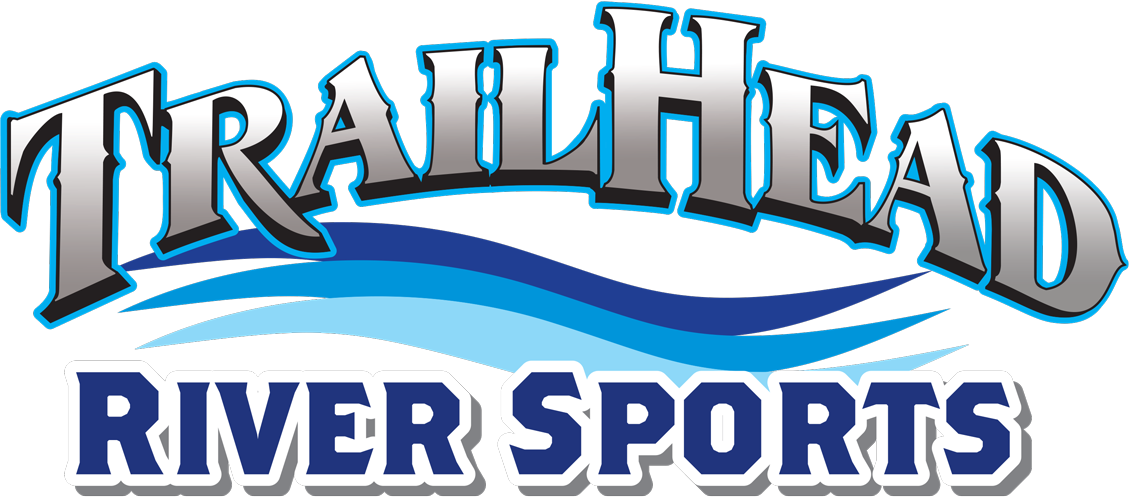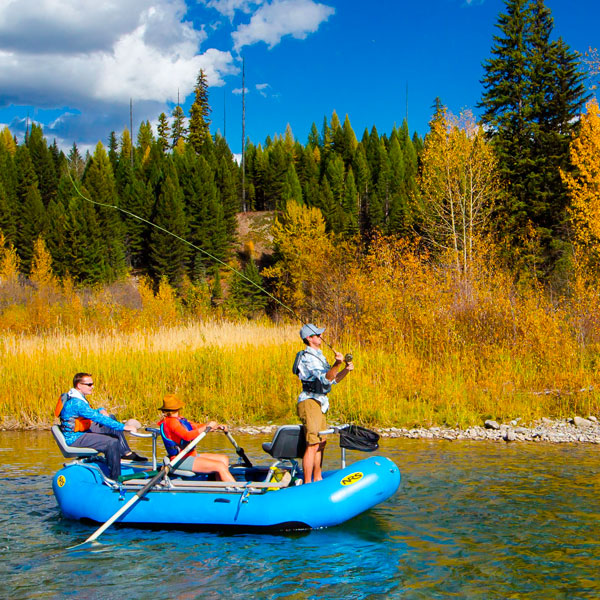You can do a whole lot with a kayak. Fishing, trips out on the ocean, mellow rivers, class I to V rapids, if it involves water you can bet that there’s a kayak for the job. Some kayaks can do it all, whereas others are designed to excel in specific situations. You wouldn’t be wrong if that sounds like a lot to take in, particularly for a novice kayaker. Thankfully, here at the Trail Head River Sports, we’ve got you with a rundown on the ins and outs of kayak basics. Read on for a quick look at the specifics of build shape, boat material, and paddle choice.
Much like any other boat, shape is the primary consideration of kayak basics. Wide is stable, whereas narrow is fast and efficient. Length plays a role, too, impacting turn radius and paddling efficiency. A short kayak can turn on a dime, whereas a longer kayak can help you get to the north edge of Salmon Lake and back as fast as possible. Ultimately, kayak shape and cockpit design dictates which area of performance the boat will excel in. For example, a fishing kayak will typically be wide, with an open cockpit, offering superior stability alongside ample room for rods and gear. On the other end of the spectrum is the touring kayak, or sometimes called a sea kayak. These long and narrow boats move quickest through the water, although they are slightly less stable until you get them moving at speed, they are great for multi day trips and have room for camping gear in the storage compartments. Whitewater kayaks fall somewhere in the middle or really are the most specific designed kayaks. We do not stock Whitewater kayaks at this time.
Kayak shape is not the only factor at play. Boat material plays a role, too, by affecting efficiency, durability, and weight. Polyethylene kayaks are the heaviest and prone to UV damage if you leave them in the sun for years, but they boast a high degree of impact resistance. Whitewater kayaks oftentimes feature polyethylene construction as are many less expensive recreational kayaks..
Composite kayaks, which feature a blend of kevlar carbon and fiberglass as well as other synthetic materials, are the kings of efficiency. These boats offer the best strength to weight ratio, that is they are the lightest boats made, not the strongest but the lightest. Many kayak manufacturers, such as Eddyline, rely on their own proprietary construction materials to bring light fast boats to the consumer. Last but not least is inflatable kayaks, also known as “duckies”. Duckies can be deflated and rolled up, which makes them incredibly easy to transport. But they do suffer from some performance and efficiency issues, due to their lack of stiffness. If you’re interested in learning more about what materials are used to construct inflatable boats, such as PVC, hypalon, and urethane, check out our article on raft basics.
Sure, the newest kayak with all the bells and whistles is great, but you’re not going to get anywhere without a paddle. Before you consider grabbing a new paddle you’ve got to know which size is right for you. Paddler height and boat width will equally affect where your paddle of choice will land in the standard range of 190-250 centimeters for most recreational and touring kayaks, with whitewater paddles falling on the smaller end of the spectrum.
Shaft shape and material come next. Aluminum shafts are durable and cheap, although they are heavier than their more expensive counterparts, carbon or fiberglass. Blade type, which will usually be plastic, fiberglass, or nylon, highlights the familiar boating adage: the higher the price the lighter and more efficient the product will be. Additionally, some paddles featured a curved shaft, which are often favored among expert paddlers for their added efficiency.
Paddles are by far the best place to push your budget and get a better lighter and stiffer paddle made for the kind of boat and paddling you intend to do. Paddle manufactures have books of good information to help you understand what different designs do or just stop by and we can show you If you can afford it a better paddle will be the biggest game changer in your whole paddling kit.
Unsurprisingly, the kayak basics aren’t so basic after all. There’s an array of boat types, materials used, and much to consider when finding your paddle of choice. And we’ve only just scratched the surface. If you’re a novice hoping to know more, or a seasoned veteran looking to take the plunge on a brand new boat, don’t forget to stop by at our store to consult our team of experts!


